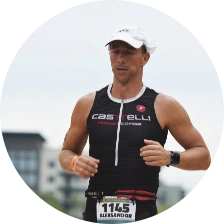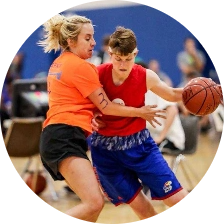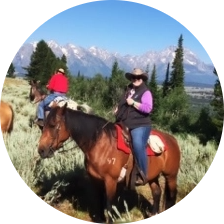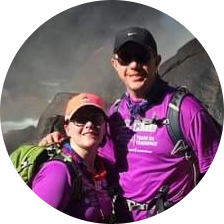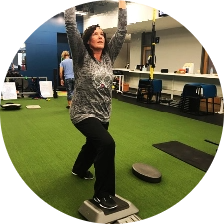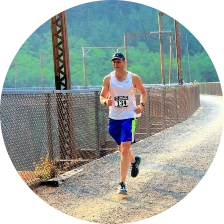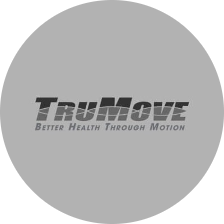Services
Therapy for Spondylosis

Spondylosis usually refers to osteoarthritis of the spine.
However, it can also be used to describe any number of spinal degenerative conditions. The term ‘spondylosis’ can be interpreted to mean both pain and degeneration in the spine.
The following conditions can also be referred to as spondylosis:
- Facet joint osteoarthritis – This type of arthritis causes pain during periods of overuse and extended activity.
- Spinal stenosis – This refers to the condition wherein there is abnormal narrowing of the spinal canal which affects the leg, causing pain or numbness.
- Degenerative Disc Disease – This refers to the condition wherein the discs in the spinal column are dehydrated and unable to serve their function. This can cause anything from low back pain to pain in the arms and legs.
Cervical spondylosis is the most common type of this condition. It is classified as the progressive disorder that impacts the neck as people age. In fact, according to the American Academy of Orthopedic Surgeons, this condition affects over 85 percent of people older than 60 years old.
The following symptoms are commonly associated with spondylosis:
- Stiffness – There is stiffness at the spinal area especially after periods of inactivity or rest. For example, stiffness may be experienced after waking up from a nap.
- Numbness or tingling – These abnormal sensations around the spine are also referred to as paresthesias.
- Limited motion – The affected joints may be difficult to move, restricting overall mobility.
- Pain – Pain coming from the spinal area can radiate to the shoulders, arms, hands, legs, and other parts of the body. These may be caused by bulging or herniated discs.
Why You Suffer
To better understand the causes of spondylosis, it is important to get a brief rundown on the parts of the spine.
The curved spine is made up of 24 bones or vertebrae. These bones are separated by intervertebral discs that act as shock absorbers. The vertebrae are also linked by facet joints.
As people age, these discs and facet joints begin to show signs of wear and tear. The discs become dehydrated and hard, losing their ability to cushion the flexing of the back. Facet joints also become weaker and more prone to tears.
Repeated stress on the back through certain activities like heavy lifting can also cause weakness in these parts and eventually lead to conditions like bulging or herniated discs.
In some cases, bony spurs develop in the spine, making the entire mechanism stiffer. This restricts back movement as well.
Here are other risk factors for spondylosis:
- Genetic predisposition
- Obesity
- Sedentary lifestyle
- Spinal injury
- Smoking
- Anxiety or depression
Traditional Treatments for Spondylosis
The following are the most commonly recommended treatment options for spondylosis:
- Physical Activity – Doctors may recommend low-impact exercises to maintain flexibility and strengthen muscles that help support the spine.
- Posture Correction – Avoiding slouching and other unhealthy posture may also be advised.
- Back Support – Choosing furniture and products that offer back support can help.
- Medications – Doctors may recommend anything from over-the-counter nonsteroidal anti-inflammatory drugs to prescribed pain relief medication.
- Injections – When the pain is severe, the doctor may recommend steroid injections to reduce inflammation and relieve pain.
- Surgery – Doctors may suggest surgery if the symptoms are both persistent and severe. The kind of surgery will highly depend on the exact issue and where it is located.
TruMove
Although the treatment options above are common, they are not necessarily effective, especially when addressing the possible underlying cause. They may address the pain in the short term, but without identifying and dealing with the root cause, the problem may recur.
For a more holistic approach, our own Dr. Andrew Dichinger, has developed the Superior Method to accurately pinpoint the cause of the pain and find longer-lasting solutions. We recognize how complex the body is and how pain in one site may be caused by a problem in another.
We offer the following treatment options:
Dry Needling
Using monofilament needles, we trigger the local contractures in the muscle tissue, effectively alleviating pain in a safe way.
Deep Muscle Stimulation
Using mechanical vibrations that penetrate the muscle tissue, blood flow and lymphatic flow are improved. This brings pain relief and addresses the lactic acid cycle as well.
McKenzie Method
Using targeted exercises, the pain is centralized or moved to a more manageable area where it is eventually completely addressed
Heat and Cold Therapy
Cold packs reduce swelling while heat packs relax muscles and improve healing of damaged tissues. Both packs change blood flow to relieve pain.






